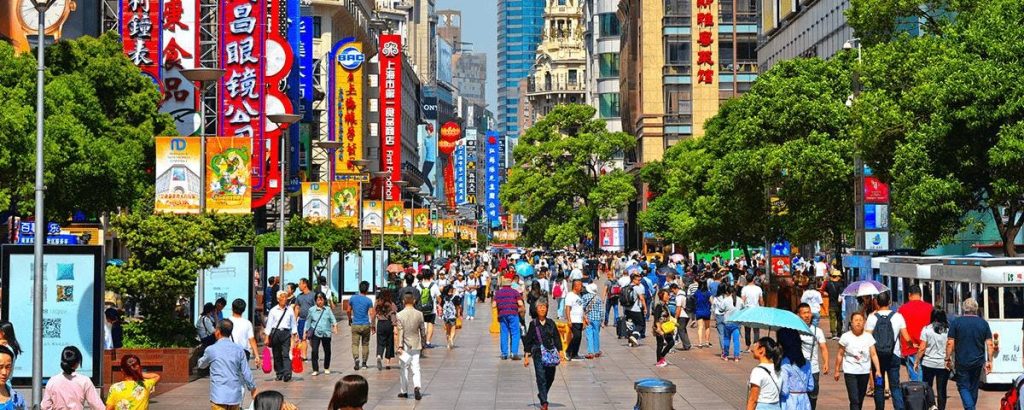Key News
Asian equities were mixed overnight, with Hong Kong unexpectedly closed due to Typhoon Talim.
June economic data was unsurprisingly lackluster as year-over-year (YoY) comparisons to Shanghai’s lockdown period rolled off. Industrial production beat expectations posting +4.4% YoY versus the estimate of 2.5% and May’s 3.5%, though retail sales were +3.1% versus expectations of 3.3% and May’s 12.7%, fixed asset investment was +3.8% versus expectations of 3.4% and May’s 4%, and property investment YTD was -7.9% versus expectations of -7.5% and May’s -7.2%.
Q2 GDP was 6.3% versus expectations of 7.1% and May’s 4.5%, while the medium-term lending facility rate was kept at 2.65%. Within retail sales, restaurants (technically called catering) increased +21.4% YoY while online retail sales increased +13.1%, with the online retail sales of physical goods increasing 10.8% YoY, accounting for 26.6% of the total retail sales of consumer goods. The release increases the pressure on the end-of-month Politburo meeting as jawboning has fallen on deaf ears as investors want tangible measures implemented.
Addressing the high youth unemployment rate of 21.3%, National Bureau of Statistics spokesperson Fu Linghui stated, “…as the graduation season passes, young people gradually find jobs…the number will gradually decline.” The logical explanation is that as the service economy rebounds, restaurants will need more waiters, airlines need more flight attendants, hotels more workers, etc.
Press conferences and statements from the State Council, NBS, and NCCPPC failed to include any sense of urgency in stepping on the stimulus gas pedal. US-China diplomatic green shoots continued with John Kerry in China for three days while Janet Yellen had positive comments on her recent China visit while attending the G20 finance minister conference in India. Secretary Yellen stated, according to Reuters, “There is much more to do. But I believe this trip was an important start.”
Mainland China stocks were off on the economic release, with Shanghai and Shenzhen just above key support levels of 3,200 and 2,000. Government social media star Hu Xijin lost money today though he is still up since investing for the first time in China’s Mainland stock market a few weeks ago. He appeared fairly optimistic, stating on the pullback in one of his stock positions, “I believe it can come back.” The importance is not his stock-picking prowess but a quasi-government official very publicly investing in the stock market as a sign of confidence.
The Hang Seng and Hang Seng Tech were closed.
Shanghai, Shenzhen, and STAR Board fell -0.87%, -0.51%, and -0.68% on volume -12.99% from Friday, which is 89% of the 1-year average. 1,709 stocks advanced, while 2,944 stocks fell. Value and growth factors were mixed as small caps outpaced large caps. All sectors were negative, with energy -1.96%, materials -1.51%, and staples -1.34%. The top sub-sectors were water, telecom, and environmental protection, while coal, internet, and insurance were the worst. Northbound Stock Connect was closed. CNY and the Asia dollar index fell -0.34% and -0.21% versus the US dollar. Treasury bonds rallied while copper and steel fell.
Last Night’s Performance
Last Night’s Exchange Rates, Prices, & Yields
- CNY per USD 7.16 versus 7.14 Friday
- CNY per EUR 8.05 versus 8.02 Friday
- Yield on 10-Year Government Bond 2.63% versus 2.64% Friday
- Yield on 10-Year China Development Bank Bond 2.76% versus 2.77% Friday
- Copper Price -0.40% overnight
- Steel Price -0.59% overnight
Read the full article here









